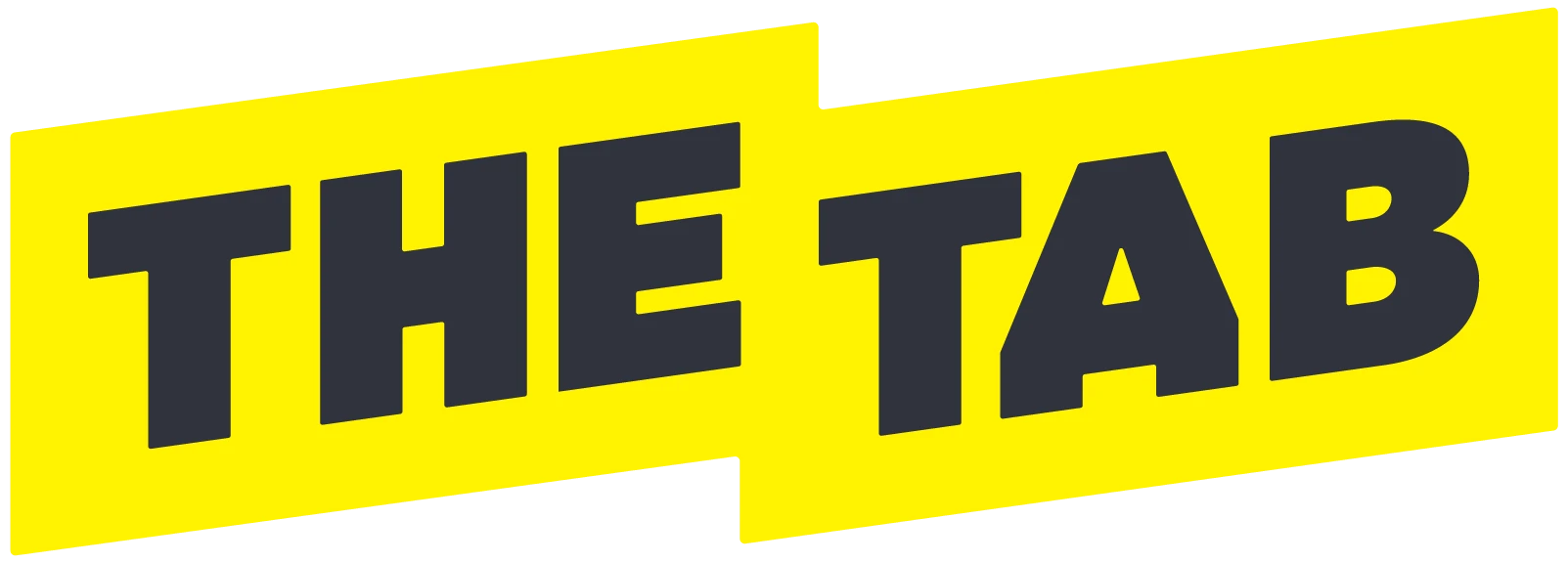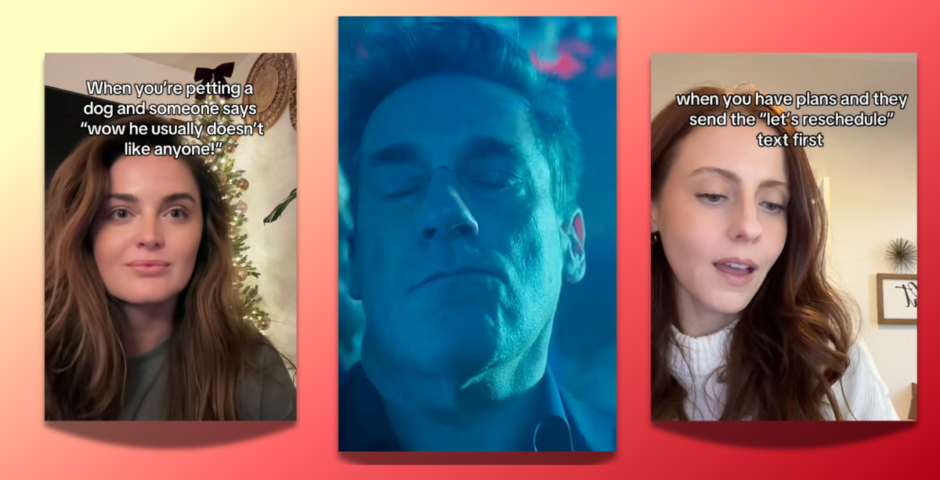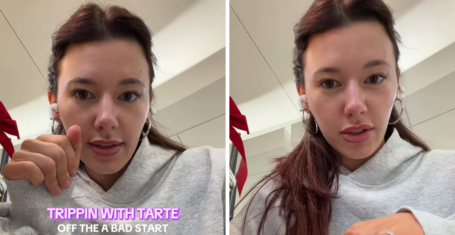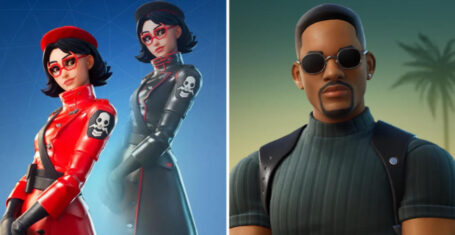
Your essays are about to be next level because ChatGPT just launched a brand new model
Turnitin is shaking rn
OpenAI unleashed its new model today, ChatGPT4, aka ChatGPT plus. It’s apparently a step up from the one that recently put all of us in a chokehold. Students have been using the chat bot feature for essays and it is seriously taking the world by storm.
A lot of people are thinking, what the hell happened to ChatGPT2 and three given the first one only launched back in November last year. But don’t worry because here is an explanation of everything you need to know about OpenAI’s latest feature, ChatGPT4.
What is GPT4?
You’re probably confused how we got to number four so quickly as ChatGPT officially launched back last year. But OpenAI has been releasing GPT models since 2018. ChatGPT3was the third released and the most advanced model when the ChatGPT chatbot was dropped last year. GPT4 is the latest model and the most powerful one yet from OpenAI.
How can I access GPT4 and ChatGPT plus?
So, now if you only have the free access to ChatGPT then you’re still interacting with GPT3. If you want to gain access to the GPT4 model then you’ll need a paid subscription to ChatGPT plus. Here’s how you can get that.
• Log into your OpenAI account which will take you to ChatGPT
• If you’re using the free version then click the “upgrade to plus” button in the left menu
• You’ll then see a popup informing you of what comes with the plus upgrade
• If you’re still keen then click “Upgrade plan” which will take you to a sales page
• Put all your information in and then splash out $20 which roughly comes to £16.50
Once you’re a paying customer you will have access to the new model via ChatGPT.
Most Read
Related stories recommended by this writer:
• The Bouba-Kiki effect from TikTok explained using basic science and hot celebs
• Everyone is morphing their face with their celebrity lookalike on TikTok, here’s how
• How to get the TikTok filter that is making everyone go viral for running away from the police
Feature image of the code via Photo by Gabriel Heinzer on Unsplash.

















